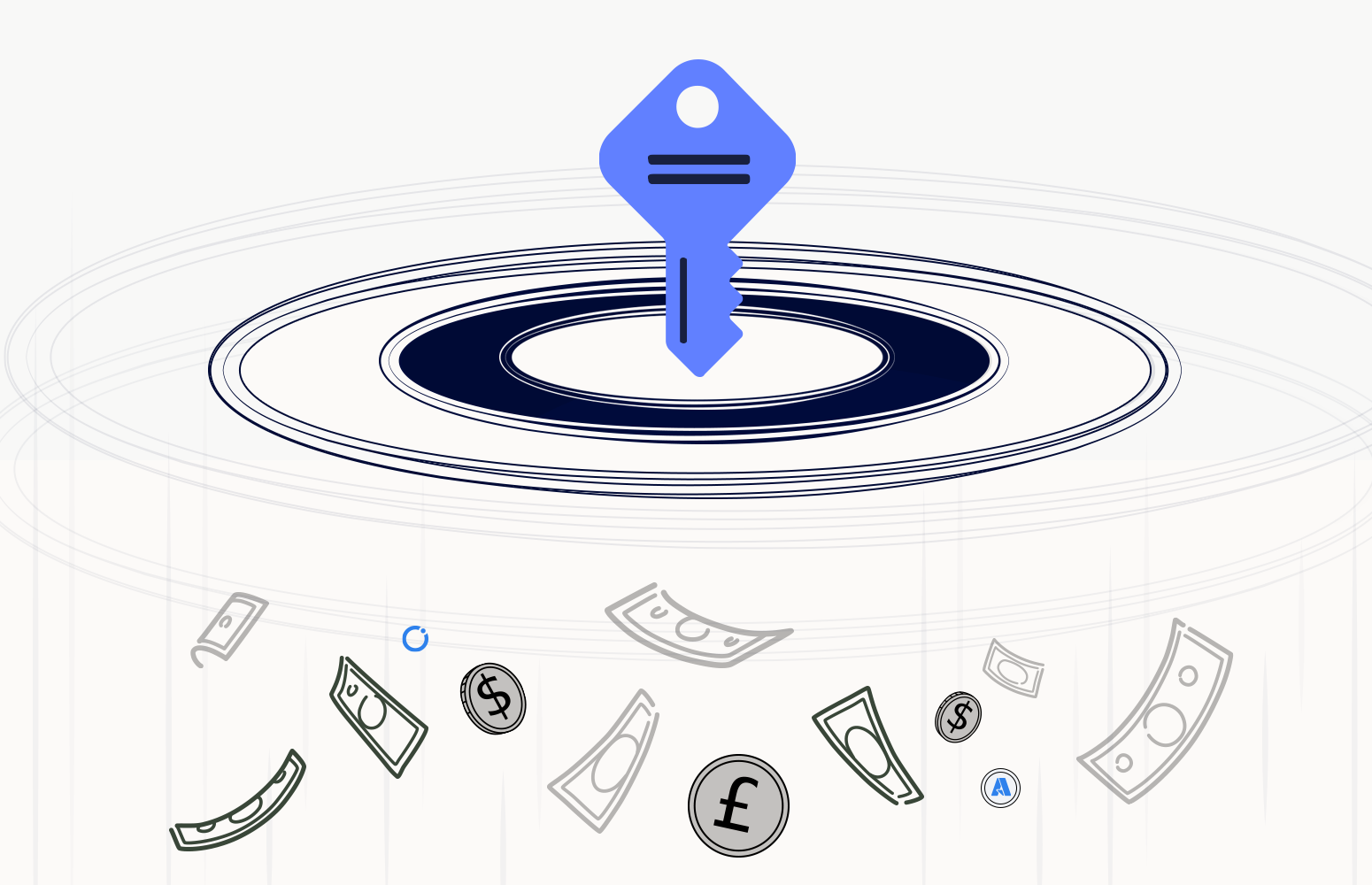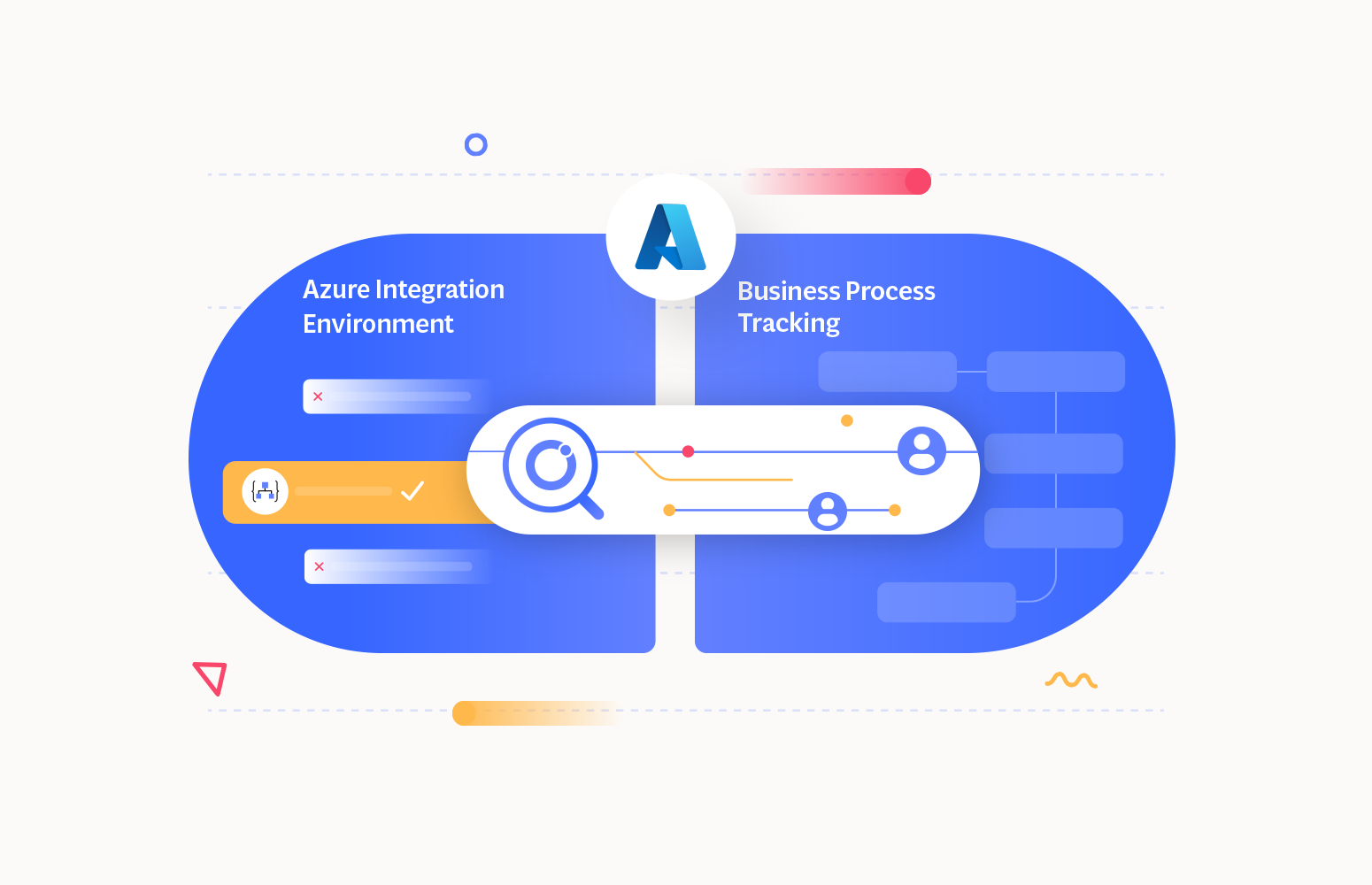Cloud adoption has got a tremendous uptrend as never before. The World pandemic has made startups, and enterprises move their legacy systems into Cloud to cut huge infrastructure maintenance costs. According to Gartner, cloud spending is forecasted to increase 23.1% at $332.3 billion in 2021 from $270 billion in 2020. We can even see enterprises using BizTalk servers moving to the Azure Cloud for better maintenance and features that confirm the above forecast.
When cloud spending increases, it is essential to perform Azure cost analysis to optimize the cost and avoid unintended spending. As most of the cloud service provides (CSPs) offers a pay-as-you-go model, spending could be below at the start. When the resources increase, it leads to massive expenditure due to a lack of tools and skills required for better Cost management and analysis. This article will talk about avoiding spiraling up Azure Subscription cost with real-world scenarios and better tools available.
Real-world scenario
In this article, let us take a cab booking application scenario where Flywheel Cabs is the largest cab service provider in the UK. Flywheel cabs recently migrated from their high-performance Biztalk server to Azure Integration services like Azure Logic Apps, Service Bus, APIM etc. After some point, they have expanded their footprint to App Services like Web App, Function app and more. They require visualizing the cost spending on different Azure Subscriptions, regions & resource groups, and recommendations to optimize the cost due to the increased footprint. Along with Cost Management, it is also required to generate a shareable report and collaboration capabilities.
Native solutions
In the above scenario, few native solutions can be used to manage the cost spending on the Azure Subscriptions that are Azure Cost Management
Azure Cost Management shows organizational cost and usage patterns with advanced analytics and many more. Reports in Cost Management show the usage-based charges consumed by Azure services and third-party Marketplace offerings. Even though it offers advanced analytical features, it lacks documentation and cost comparison to understand the monthly cost consumption index. Here comes the Azure Documentation Generator in Turbo360.
Azure Documenter
Azure Documenter is an automated document generation tool for your Azure Subscriptions. It gives the executive summary, cost, and compliance reports for the Azure Subscriptions. Below are the different types of documents that can be generated using Azure Documenter:
- Executive Summary– Provides summary on Resource Groups, Resource types, Locations across which the resources are distributed, and Billing Summary over a documentation period.
- Billing & Metrics– Provides a graphical representation of cost incurred Resource wise, Resource type-wise, location-wise and, Resource group-wise. It also provides a split-up of cost consumed at the individual resource level.
- Cost vs Consumption– Provides resource-wise details on Total cost incurred versus how much consumed with colour coordination as green, yellow, and red.
- Compliance & Evaluation– Evaluates subscription or resources and provides a detailed report on security issues or misconfiguration based on a set of compliance rules.
- Details on Resources– Provides in-depth information about each of the resources grouped by their Resource Types.
Now let us see how our Azure Documentation tool satisfies the requirements of Flywheel cabs.
Azure Billing and metrics- better visualization
The first requirement for Flywheel cabs would be better cost visualization reports. To satisfy this requirement, Azure Documenter offers Billing and metrics documents. It provides a graphical representation of cost spent Resource wise, Resource Type intelligent, location-wise and Resource group-wise, etc. It helps Flywheel cabs to generate reports to understand where they spend most in the Azure Subscription.

Click here to know more about Billing and Metrics in Azure Documenter.
Cost Comparer
The most critical requirement for Flywheel cabs would be to understand the cost consumption index to know where they are spending most and optimize the cost. Here comes the Cost Comparer in Azure Documenter. It provides the price vs consumption index on the Azure Subscription. It helps Flywheel cabs understand whether they are spending high or low based on the Tier chosen for the resources. If the consumption index is low, they are consuming low on high tier resources. It indicates that the user should consume more or downgrade the pricing plan just sufficient for the current usage.

Click here to know how to set up a Cost comparer in Azure Documenter.
How Azure Documenter can support decision-making?
We can see the Azure Documenter is a clear winner in providing better cost visualization and optimization. This blog will not be complete without exploring the business value additions this offers: Scheduled reports, Notification and Snapshots, and cost management. Let us now briefly discuss on them:
- Scheduled reports – It allows users to schedule the document generation. It provides options to configure the recurrence on a monthly/weekly basis. It is also possible to choose the hours at which the document generation should be initiated as highlighted below:
- Notification alerts – It is also possible to notify different stakeholders on the document generation as per the configured schedule. Users can choose the appropriate notification channel from the list: Slack, Microsoft Team, SMTP, Pagerduty, Service Now, OMS, Webhook, and 3rd Party email notification channels.Click here to know more to know more about Notification alerts and channels available.
- Snapshots – Every document generation generates a snapshot. Snapshots capture the current state of all available resources in the user’s Azure Subscription at a specific point in time. Like Cost comparer, it is also possible to compare two snapshots to understand their changes. It helps the support team understand what resources have been added, withdrawn, and changed resource characteristics. Click here to know more about the snapshots and comparison, one of the features found most useful in production.
- Templates – It allows users to control the document structure and filter out the data to be available during the Azure document generation process. By default, there are three types of Templates available like Essential, Full and Executive. It is also possible to create our template based on the requirement. Click here to know more about Templates in Azure Documenter.

Conclusion
Azure Documenter offers a seamless documentation experience that no other tools in the market provide. We can see how Azure documenter satisfies all the Azure Cost management requirements along with the operational capabilities. I hope this article helped you understand how to avoid spiraling up Azure Subscription costs. Stay tuned for more exciting articles.






